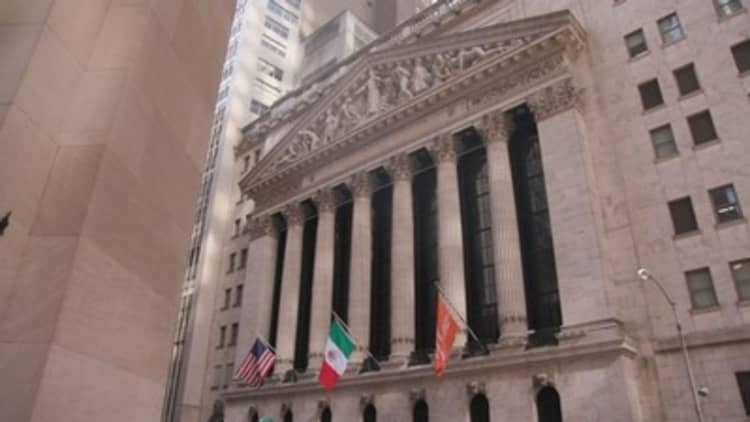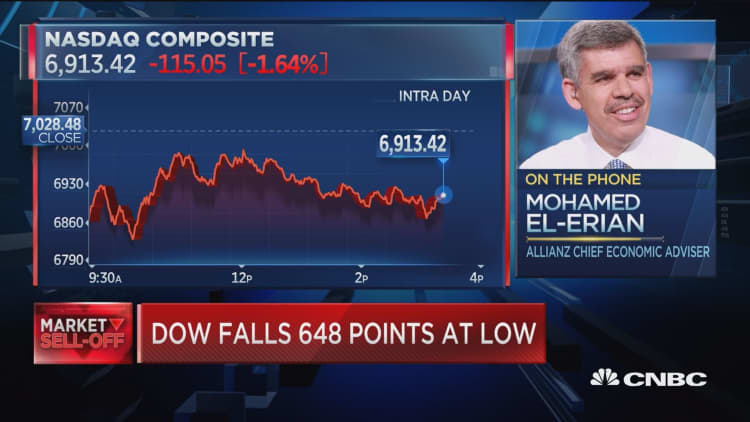JP Morgan economists expect economic growth to slow down in 2019, to a pace of 1.9 percent for the year.
The economists say the slow down from a "boomy" 3.1 percent in year-over-year fourth quarter growth will come as fiscal, monetary and trade policy get less supportive or more restrictive.
But even with slower growth, wages will continue to rise as the labor market tightens.

"We see the Fed needing to exert modest restraint on growth, hiking four times to 3.25 to 3.50 by year-end," said the economists. The Fed's current forecast is for three interest rate hikes next year, and one more this year, in December.
The economists expect that growth will hold above 2 percent in the first and second quarter, at 2.2 and 2 percent respectively, before falling to 1.7 percent in the third quarter and 1.5 percent in the fourth quarter. The economy last grew at less than 2 percent in the first quarter of 2017.
Boosted by tax cuts and stimulus, the economy's growth picked up to a peak of 4.2 percent in the second quarter, 2018 and was growing at 2.5 percent in the fourth quarter, according to JP Morgan's forecast.
The economists said monetary policy, supporting growth for a decade, will move closer to a neutral position, and fiscal policy will be supportive in 2019 but less than in 2018.
"Trade policy thus far has been only a minor nuisance, but we expect that tariffs will become a more noticeable drag on growth in 2019," they wrote.
The U.S. consumer benefited in 2018 from a tax cut amounting to roughly $120 billion, they noted.
"Next year, if 25% tariffs go through on Chinese imports, that would amount to a tax increase of over $100 billion, much of which would fall on the consumer," they noted. They expect the impact to be either absorbed through currency adjustments or in the margins of both Chinese and U.S. producers.
Businesses will also be impacted, after the tax windfall in 2018. "Tax reform lowered corporation's after-tax cost of capital, but some of that benefit may be slowly eroded next year as longer-term interests rates move higher," they wrote.
The economists expect wage growth to pick up with the continued tightening in the labor market.
They said there is a potential for a profit margin squeeze, as businesses attempt to pass on some cost pressures.
Inflation should grow at a pace of 2.3 percent, as measured by core PCE, and the drop in energy prices and stronger dollar should keep goods inflation in check. But tariffs could create some inflationary pressure and account for 0.2 percnet of the expected acceleration of in inflation in 2019.

That scenario should keep the Fed hiking once a quarter, and bring the fed funds rate to 3.25 to 3.50 percent at the end of the year, slightly above the neutral rate of about 3 percent, they noted.
The Fed could raise rates fewer times if there is risk from the global economy, or if the dollar strengthens significantly.
The economists said consumer balance sheets remain healthy and consumer spending should continue to grow but not as fast as in the last two years. They expect housing investment, sensitive to higher rates, to decline into 2019, but the housing weakness should be very different than when the housing bubble burst in 2006 to 2008. Housing activity should pick up once the drag from rate increases fades, they wrote.
On Monday, Goldman Sachs economists also forecast slower growth for the year, with an average 1.75 percent in the second half.


